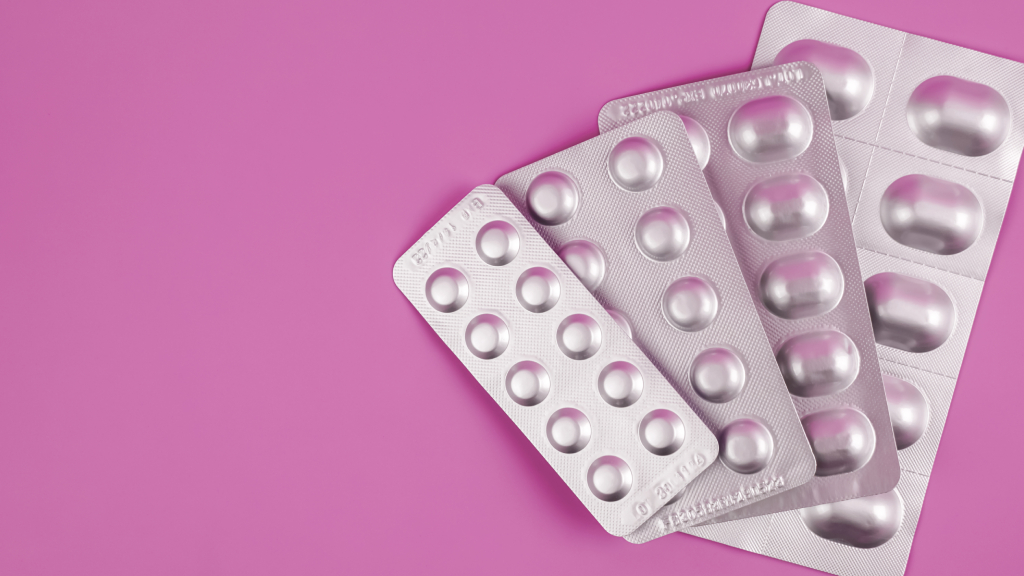You’re not the only one who has ever asked themselves, “What is blister packaging?” Blister packaging is a popular packaging technique with many uses in various sectors. In this blog post, we will go into great detail about blister packaging, covering topics such as its significance, how it is made, its many applications and benefits, and its influence on the environment. We will also explain why Platt Packaging is ideal for blister packaging needs.
The Importance of Blister Packaging
In the world of contemporary packaging, blister packaging is a mainstay, providing many advantages that profoundly affect both customers and companies. Protecting products is one of its primary responsibilities. Blister packing offers a strong barrier that protects products from external hazards by enclosing them in transparent, protective shells. The product is protected from moisture, dust, impurities, and tampering attempts to guarantee it reaches the customer in perfect condition. This protection barrier is important to ensure the integrity of medicines, electronics, and delicate or perishable goods until they are ready for use or consumption.
Blister packing is not just protective; it’s also a beneficial display aid. Because of its transparency, customers can view the product before purchasing. In addition to building trust, this transparency helps customers make wise decisions. In the cutthroat world of retail, blister packing serves as a silent salesman, telling prospective customers about the characteristics and quality of the goods.
Blister packaging also significantly increases brand visibility. Corporations can directly reinforce brand identities on packaging through creative designs, logos, and visuals. With the help of this powerful marketing technique, the product’s visual branding ensures that customers remember it. Customers who associate a favourable experience with a distinctive blister-packed product are more likely to purchase it again when it comes in recognisable packaging.
The Blister Packaging Process: How is it Made?
Blister packaging is made through a thorough procedure that starts with design. Skilled designers conceptualise packaging layouts that effortlessly integrate branding aspects, utility, and aesthetics. Choosing the right material is critical, considering environmental effects, transparency, and durability. Materials with flexibility and appropriateness for various products, such as PVC, PET, and PP, are widely employed.
The next step is the forming process, which can be either cold or thermoformed. A plastic sheet is heated to a flexible temperature and then formed around a mould using a process known as thermoforming. In contrast, cold forming uses pre-coated plastic or aluminium foil that is pressed into shape. After forming, the product is carefully positioned inside the blister chamber to guarantee maximum visibility and protection.
Sealing is the last stage of the production process. This can entail heat sealing, in which the backing card and the blister are fused together using pressure and heat to produce a strong, unbreakable seal. For certain materials, other techniques such as radiofrequency or ultrasonic welding can be used to create airtight, reliable seals.
With its complex manufacturing process and numerous benefits, blister packaging has transformed product protection and display, making it a vital tool for various sectors. Its continual evolution is shaping the packaging landscape, ensuring that goods reach customers in the best condition and leave a positive brand impression.
How Blister Packaging is Used in Different Industries
Many industries, including consumer goods, medicines, electronics, and food products, use blister packaging. Because of its adaptability, it’s the perfect option for packaging objects of different sizes and shapes.
The Advantages of Blister Packaging
Many benefits come with blister packing, such as cost-effectiveness, product visibility, tamper resistance, and storage convenience. In addition, it reduces waste, increases product shelf life, and works well for product displays in retail settings.
The Environmental Impact of Blister Packaging
Blister packaging has many advantages, but it also has an environmental impact that needs to be considered. By correctly recycling blister packs, this issue can be mitigated. It is essential to understand the materials and their recycling potential to guarantee a more sustainable future.
Why Platt Packaging is the Best Choice for Your Blister Packaging Needs
Platt Packaging specialises in offering superior blister packaging solutions that are customised to meet your specific needs. We are the most excellent option for your blister packaging needs because of our dedication to quality, proficiency with blister sealing, and use of environmentally friendly blister packing materials.
As the leading authorities on blister packaging, we warmly encourage you to contact Platt Packaging to learn more about our offerings and how we can effectively and environmentally satisfy your packaging needs. We offer the best blister packaging solution for businesses in retail, pharmaceutical, or any other sector. You can rely on us to provide the ideal packaging to distinguish your items in the marketplace by combining protection, visibility, and eco-friendliness.

